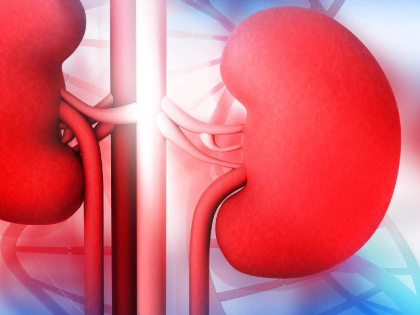Comparing cycling to other modes of transportation yields several benefits. It is less expensive and requires less maintenance than driving a car, in addition to its health benefits. It also aids in lowering pollution and traffic jams.
In contrast to jogging and other aerobic workouts, it is also easy on the joints. Additionally, it strengthens muscles and enhances balance.
1. It's a type of workout

Riding a bike is a great way to work out your entire body without overtaxing your bones and joints. In addition, its modest impact can help avoid injuries and lower the chance of developing arthritis. It also promotes endurance and muscle growth. Cycling can be started at a very low level and then increased progressively over time.
Cycling is a fantastic way to get some exercise and enjoy the outdoors, whether you're riding your own bike outside or enrolling in an indoor cycle class at a studio. Riding a bicycle has several health benefits, including improved heart health, lungs, skeleton, and muscles. It can also help lower air pollution. It's also an excellent way to go around and reduce transportation expenses.
2. It serves as a mode of transit.

Bicycles are a versatile means of transportation that may be utilized for both weekend errands and workday commutes. Families can also save money on gas, parking, and auto maintenance by investing in a bicycle.
Cycling is incredibly efficient mechanically; up to 99% of the energy used to pedal is converted into motion. The efficiency of this is more than twice that of automobiles, buses, or trains.
Bikes do not leak fuel, oil, or hydraulic fluid into the road, nor do they release exhaust gases like automobiles do. This implies that with every bicycle on the road, fewer cars will be causing traffic jams and air pollution. Bicyclists' presence can also contribute to the local businesses' increased appeal to customers. Additionally, it can increase the safety of kids walking to school and other pedestrians.
3. It's a pastime.

Cycling is a low-impact, high-interest pastime that is both enjoyable and active. It can help increase fitness levels. Additionally, it promotes situational awareness and coordination. It's a great social activity that can be done alone or in a group. It can be an enjoyable experience to discover new aspects of well-known districts or go back to old favorites.
In addition to reducing traffic congestion and the need for additional roads and parking spaces, it can also cut down on the amount of time spent driving or using public transportation. Additionally, it aids in fuel conservation, which lowers carbon dioxide emissions. Furthermore, riding helps lower blood pressure and strengthen muscles, which can help minimize the risk of heart disease. It can aid in the prevention of diabetes and boost bone density.
4. It's a game.

Cycling is a balance- and coordination-based activity, whether you're riding with friends or racing in the Tour de France. It's also a fantastic method to explore new areas of your town or metropolis.
Cycling is a low-impact workout that builds muscle and burns calories without overstressing joints. Additionally, it enhances coordination and balance generally. Cycling is even beneficial for mental health issues.
Riding a bike requires only 5% of the energy and emits no pollutants when compared to a car. Twenty bicycles may fit in the same space as one car, saving much more room. A bike can also be recycled more easily than an automobile. This makes riding a bike a green and sustainable form of transportation.
Advertisement
Recommended Reading: 101 of Mountaineering

























Comments
Leave a Comment
Your email address will not be published. Required fields are marked *